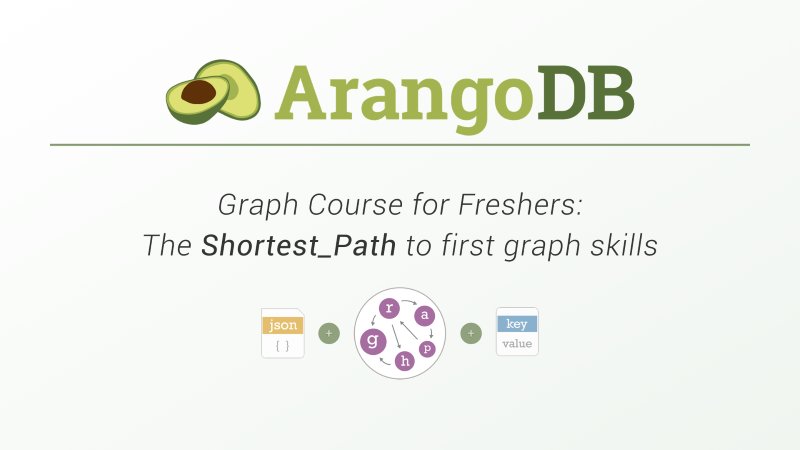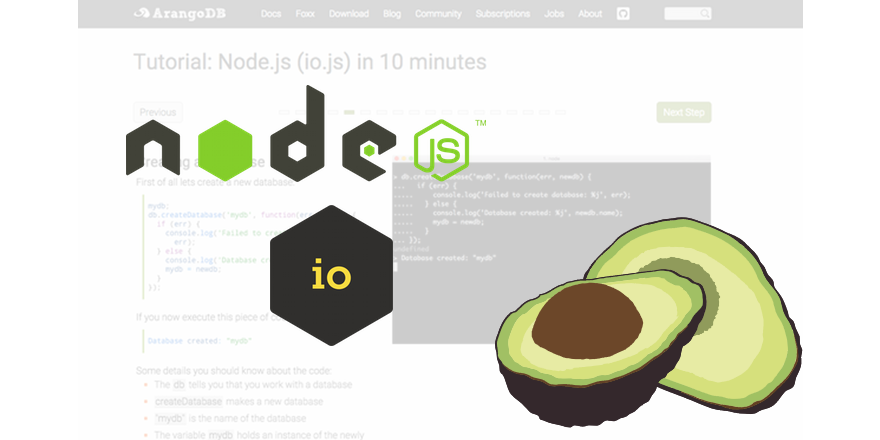

Multimodel databases (., ArangoDB and more) AQL does support geospatial queries.ĪQL is JSON-oriented as illustrated by the following query, which also illustrates the intuitive "dot" notation for accessing the values of keys: It supports CRUD operations for both documents (nodes) and edges, but it is not a data definition language (DDL). Query language ĪQL ( ArangoDB Query Language) is the SQL-like query language used in ArangoDB.

The search engine combines boolean retrieval capabilities with generalized ranking components allowing for data retrieval based on a precise vector space model. ĪrangoSearch is a new search engine feature in the 3.4 release. The database has its own AQL (ArangoDB Query Language) and also provides GraphQL to write flexible native web services directly on top of the DBMS. ĪrangoDB provides integration with native JavaScript microservices directly on top of the DBMS using the Foxx framework, which is analogous to multithreaded Node.js.

Moreover, it provides single-click deployment for the user's cluster. DC/OS allows the user to deploy ArangoDB on most existing ecosystems: Amazon Web Services (AWS), Google Compute Engine and Microsoft Azure. ĪrangoDB works in a distributed cluster and is the first DBMS being certified for the Datacenter Operating System (DC/OS). Thus, the stored data would simply inherit the tree structure of the JSON data.

Therefore, there is no need to disassemble the resulting JSON objects. ArangoDB can natively store a nested JSON object as a data entry inside a collection. The database uses JSON as a default storage format, but internally it uses ArangoDB's VelocyPack – a fast and compact binary format for serialization and storage. Features ĪrangoDB provides scalable queries when working with graph data. The word "arango" refers to a little-known avocado variety. But these opinions are entirely my own, I do not speak on behalf of the project.Started in 2011, the database was originally released under the name AvocadoDB, but changed to ArangoDB in 2012. This allowed me to reduce the scope of the traditional web backend to purely web-related tasks (like rendering the frontend) instead of having to worry about implementation details or even authorization (which I can simply enforce in the endpoints of my Foxx apps).ĭisclosure: I'm a core team member and primarily responsible for Foxx, so I may be biased. In production I have found myself moving most of the internal application logic into the database itself via Foxx apps. This means you can perform actions which can not easily be represented as a single query without having to implement them on the client (which would often result in making a number of consecutive requests, degrading performance and introducing consistency issues). In my opinion, it's one of the most important features, too.īasically, ArangoDB provides an extension platform called Foxx, which allows you to mount your own JavaScript apps in the database's existing HTTP API. The built-in JavaScript framework certainly is a pretty distinct feature, though. Other NoSQL databases like CouchDB feature HTTP APIs too. Whether this decision is a good thing or not is probably a matter of opinion, though.Ī built-in web server and JavaScript frameworkįrankly, the web server itself is not so exotic. The proprietary query language has a far simpler syntax and intentionally avoids similarities to prevent users from treating collections as relational tables. It also frequently comes with incompatibilities that confuse more advanced users of SQL. This encourages users to treat the object database as a relational database and can result in nasty performance gotchas. Many object databases implement languages that look like SQL but behave differently in many aspects. I find that the proprietary query language (AQL) is actually a good thing.
#Arangodb nosql full#
It's useful if you just want to quickly look up documents by certain property values, but it's not meant as a full alternative. I would actually recommend against using it because it is extremely limited in comparison to the regular query API. You're probably referring to the simple query API? Yes, it's more of a convenience feature. Another benefit is that it means the document store heavily optimizes joins, which is a huge advantage compared to other document stores like MongoDB. You can treat edge documents like regular documents, but they also allow you to perform arbitrary graph queries, which eliminates the need for adding a dedicated graph database alongside the document store. It's a lot less schizophrenic than you make it sound, in my opinion.


 0 kommentar(er)
0 kommentar(er)
